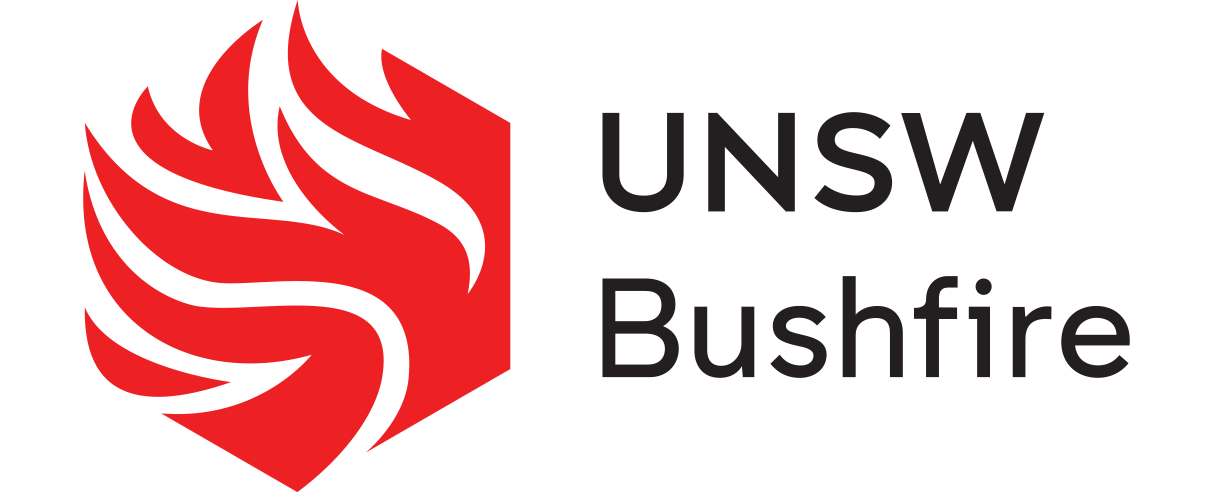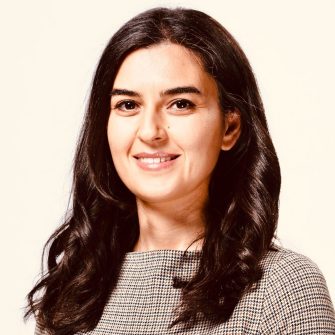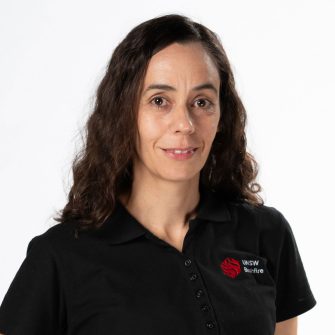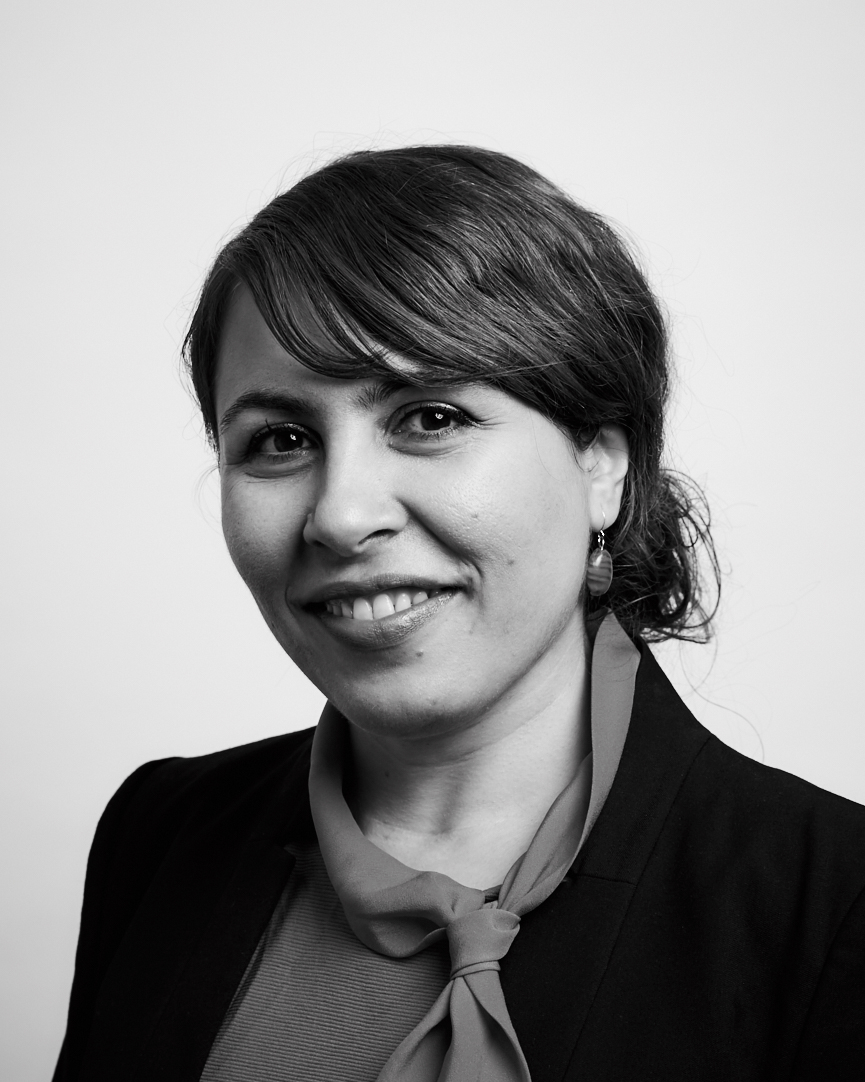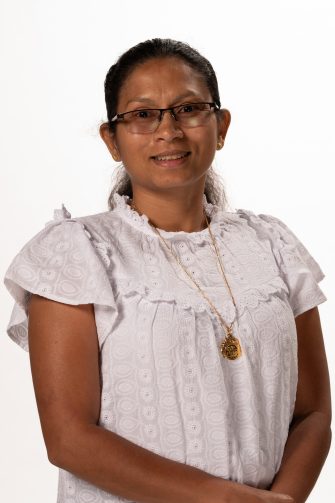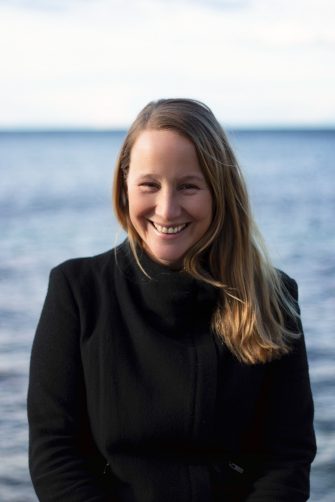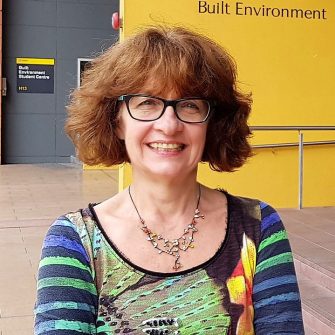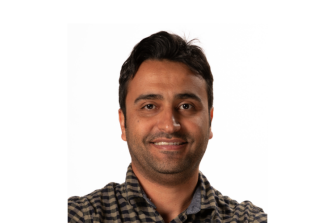Our people
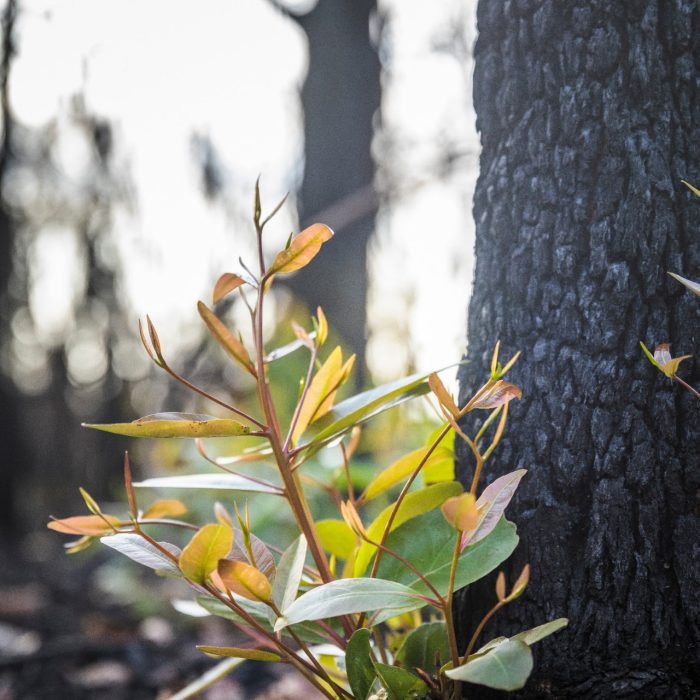
Bringing together experts across a range of fields, UNSW Bushfire provides the interdisciplinary depth and breadth of knowledge to effectively address the complex challenges of bushfire risk management in the modern era, locally and globally. UNSW Bushfire comprises of a network of academics, adjuncts & honorary fellows, research associates, and PhD students across the UNSW Canberra and UNSW Sydney campuses. Our collective mission is to improve understanding of bushfire and associated processes, their relation to firefighter and community safety and sustainable environmental outcomes.
Our research team
Leadership
Administration
Researchers
PhD students
Each person can take a very different path as a postgraduate student in UNSW Bushfire. Read about some of the experiences and highlights of our PhD students as they grow into fully-fledged researchers.

Ali Edalati-nejad
The effect of fuel moisture content on the spread rate of bushfire in the presence of wind and slope.
Commenced: Feb. 2022 expected completion date Feb. 2026.
Understanding the interactive effect of live and dead fuel moisture content (FMC), wind, and terrain slope is a key challenge in wildfire science. This research employs the techniques of Computational Fluid Dynamics (CFD) to model flame propagation and bushfire spread, using a full three-dimensional simulation, with a Large Eddy Simulation (LES) turbulence model, combining the effect of fuel moisture content, wind-fire interaction, terrain slope, and radiative heat transfer. The project will improve the knowledge and ability to alleviate environmental problems and will contribute to the better management of bushfires and mitigate their hazards in real inhomogeneous landscapes that contain a mixture of live and dead fuels.

Wenyuan Ma
Understanding the geographical factors influencing pyroCb development and risk.
Commencement date: May 2021 Expected completion date: May 2025
Extreme wildfires can produce pyrocumulonimbus (pyroCb) storms, which impact not only the surface but also extend their influence high into the atmosphere. The overarching aim of this research project is to provide insights into the geographical patterns of pyroCb occurrence and practical guidance for wildfire management, now and into the future. The main research objectives are: (1) to better understand the drivers of pyroCb development and their impact mechanisms, to quantify the relative contributions of these drivers, and to investigate the geographical differences in these drivers and their impacts at the large scale; (2) to quantify pyroCb risk and develop models to predict the longer-term probability of pyroCb occurrence; (3) to understand the temporal and spatial patterns of pyroCb occurrences in Australia, investigate how these patterns might change under future climate projections, and to map the longer-term risks of pyroCb in Australia. This work forms part of an ongoing international collaboration on pyroCb research.

Nusrat Mehnaz
A comprehensive risk assessment of bushfire at wildland-urban interfaces in Australia
Commenced: May 2023, expected completion: November 2026
Bushfires pose significant threats to areas where settlements exist near wildland vegetation, known as wildland-urban interface or WUI. The WUI regions are a prime focus in bushfire management since they are a major site of ignition. The fires generated in the WUI have the potential to cause economic, social, and environmental damage as well as loss of lives. This project aims to conduct an integrated risk assessment of bushfires at WUI in Australia through spatially characterising and mapping the WUI across Australia and using fire simulation and demographics in WUI areas to quantify the risks. This study will facilitate in minimizing the existing challenges met by authorities in executing protective measures, and aid in planning optimal management approaches.

Tanvir Saurav
Simulation of ember storms
Commenced: February 2022, expected completion February 2026
Embers have been identified as the leading cause of house loss in previous fire events. Near the wildland–urban interface (WUI), areas where structures and developments meet wildland, embers pose a greater risk as small ember particles can flow over roads and terrain into properties, increasing the likelihood of structure damage. Although recent computational works have provided a significant insight into ember transport, the current models do not capture the near-ground behaviour and transportation of embers, and the entrainment (the process through which near-ground particles are introduced into the flow) of embers from the ground, both of which are key factors in ember storms. This project aims to improve current ember modelling to capture near-ground entrainment and relofting by analysing and adapting existing particle transport models and applying them to model ember storms using large eddy simulation (LES) in Nek5000, a popular spectral element solver. The implementation of these models will help develop more robust simulation techniques. This will ensure that authorities are better equipped to deal with wildfires at the WUI and formulate better mitigation strategies.

William Swedosh
Investigation of dynamic fire behaviour models in an operational wildfire simulator
Commenced: November 2022 expected completion date: August 2029
The aim of my project is to simplify complex wildfire phenomena such as fire crossing a disruption (like a road or river) and the inception and propagation of crown fires and implement simplified models in a faster than real time two-dimensional simulator so that they could be used operationally (such as in Spark). This project will involve a review of existing one-dimensional models and complex 3D CFD models as well as conducting physical modelling using FDS (Fire Dynamics Simulator). The fundamentals of how fire spreads across the landscape in two dimensions will be investigated as a common theme between these phenomena.

Qihan Wang
Research Topic: Machine Learning-Aided Engineering Structural Safety Assessment and Design Optimization under Bushfires
Start Date: 01/03/202 - Expected Completion Date: 01/03/2026
This research covers machine learning-aided structural safety assessment, uncertainty quantification, and structural design optimization for engineering infrastructures under bushfire attack. He and his team have been developing advanced structural safety assessment methods with the consideration of bushfires, and exploring the potential for engineering structures to improve the resistance of bushfires.

Caleb Wilson
Meteorological drivers of pyrocumulonimbus in Australia
Start date: September 2021 Expected completion date: September 2025.
This project aims to investigate specific meteorological factors responsible for the formation of pyrocumulonimbus (pyroCb/ firestorms) associated with bushfires in Australia. The presence of a pyroCb is an indication that a bushfire has become coupled with the atmosphere, and the resulting feedbacks between the fire at the surface and the storm above may lead to unpredictable and extremely dangerous conditions (both in terms of fire behaviour and storm behaviour) for anyone nearby.
Previous research has shown that meteorological factors of pyroCb formation may include—but are likely not limited to—the overspreading of a conditionally unstable airmass over ongoing fires with surface conditions favorable for extreme fire behavior, cold front and pre-frontal trough interactions with intensely burning fires, thunderstorm outflow boundary and sea breeze interactions with ongoing fires, and gravity wave interactions with ongoing fires. Nearly all previous research has focused on fires which resulted in pyroCb formation, while very little research has been conducted to differentiate fires which resulted in pyroCb formation from fires which did not.
This project will use the Weather Research and Forecasting-Fire model (WRF-Fire) to examine specific instances of pyroCb formation and non-formation in Australia. In particular, we are interested in events where one bushfire resulted in pyroCb formation, while another nearby fire did not. We aim to discover what differences (meteorological or otherwise) existed at the given locations of the fires and how that may have induced or inhibited pyroCb formation.

Frank Wu
Time-series diffusion in wildfire simulation
Commenced: June 2023, expected completion date Jan 2027
Diffusion based time-series generation applied in wildfire simulation. The research aims to develop new approaches to generate time-series data as wildfire propagation representation. Diffusion models are popular in generating high-resolution images with variations based on given conditions. I will explore the potential in diffusion models to generate time-series fire mask by learning satellite images. The model could be a alternative approach to simulate wildfire because diffusion models have inherent abilities to emulate resembling method for time-series forecasting by generate high-resolution data with variability.

Chanaru Pramud Lakshan Aranwela Gamage
PhD Student

Sima Rahmani
Masters Student
